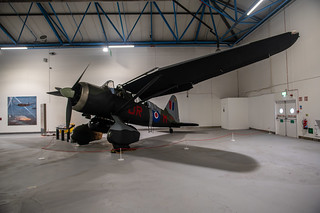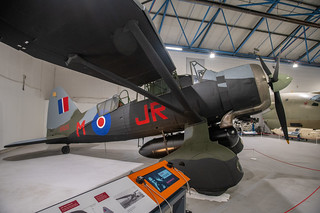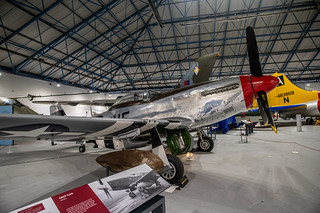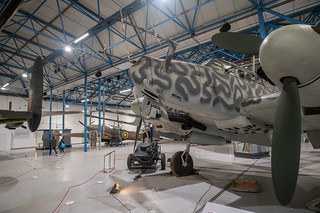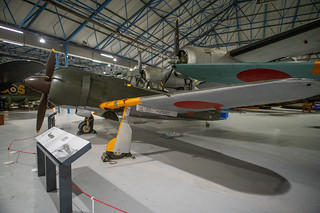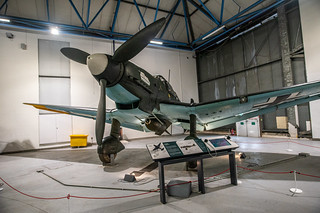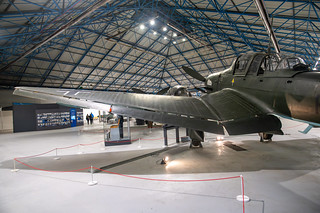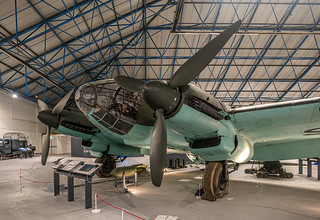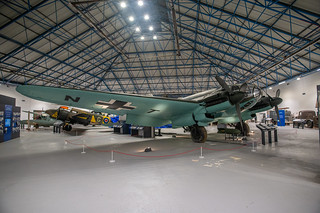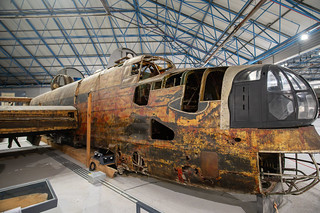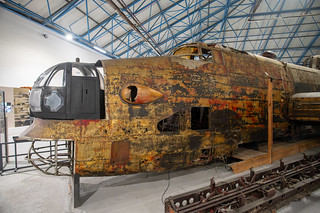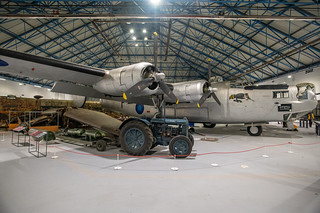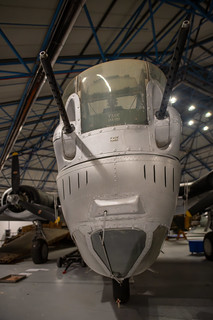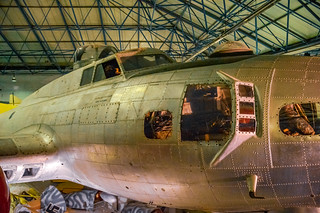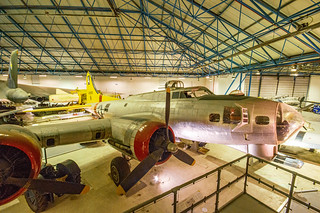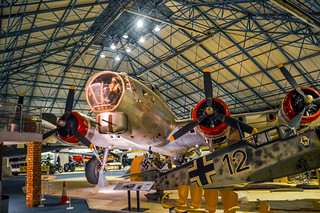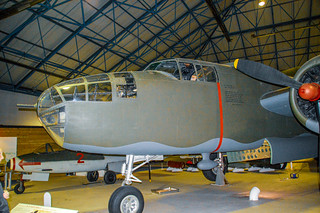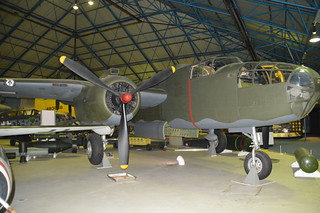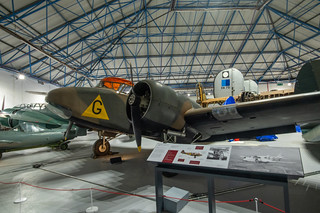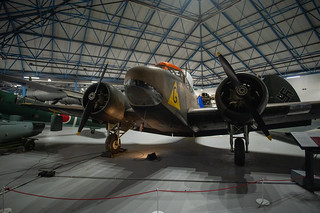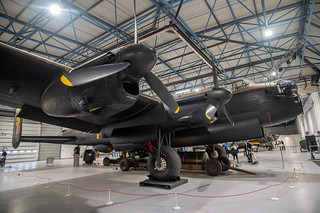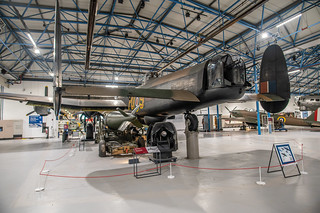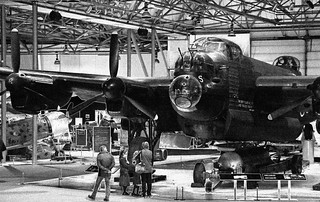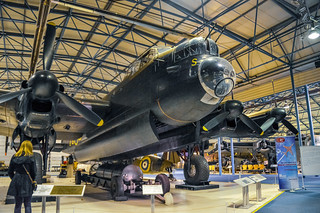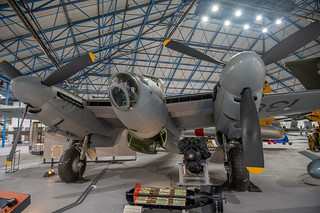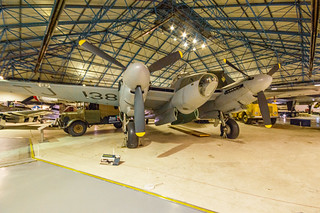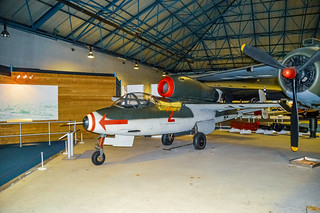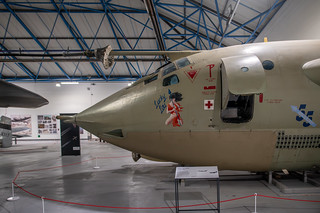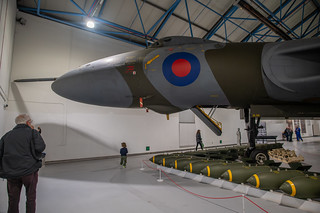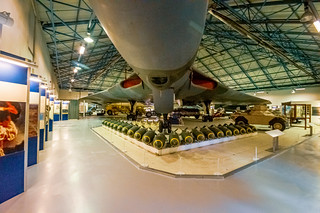Westland Lysander
The Lysander was originally designed for Army Co-operation duties including artillery spotting and reconnaissance. However, its lasting fame is not in this role, but as a Special Duties aircraft ferrying Allied agents in and out of enemy occupied Europe. Despite some notable successes, the Army Co-operation units suffered extremely high casualties – over 170 Lysanders were sent to France in 1939 and only 50 came back. Following their withdrawal from France, Lysanders patrolled the coastal areas of south and east England as an anti-invasion reconnaissance measure and later, began air-sea rescue duties in the Channel and North Sea.
The Museum’s example, serial number R9125 first became operational with No. 225 Squadron in 1940 as a coastal patrol and photo reconnaissance aircraft, based along the south coast of England. It took on the Special Duties role with No. 161 Squadron in 1944 and was operational for a further two years until they became obsolete from the RAF in 1946.
Our Lysander Mk III (SD) is the only surviving Special Duties variant of its type. It has recently been restored to its former glory through a lengthy conservation process including a new fabric outer skin and complete repaint in the Museum’s Michael Beetham Conservation Centre. The Lysander is now painted in No. 161 Squadron Special Ops colour scheme, reflecting its service towards the end of the war in non-operational special transport services.
www.rafmuseum.org.uk
